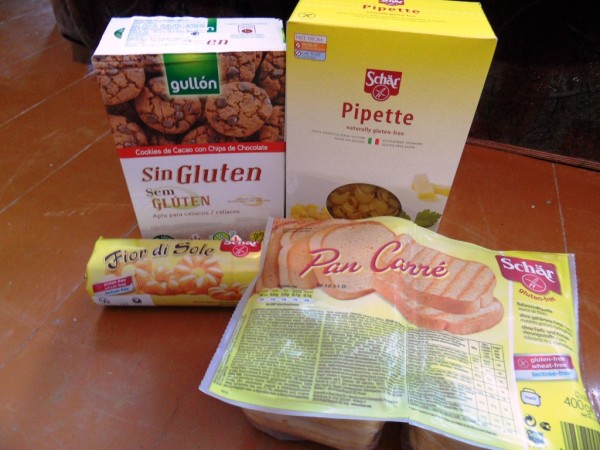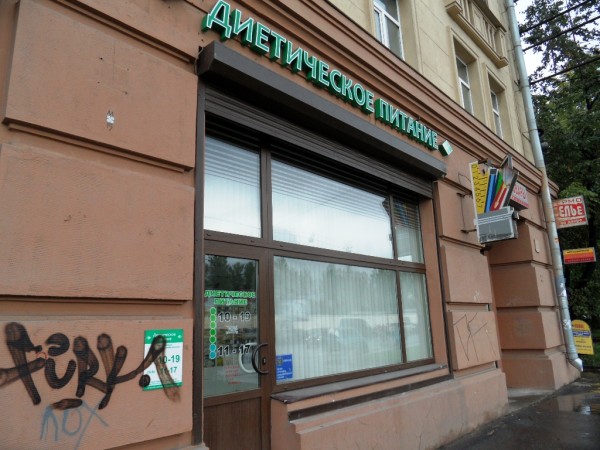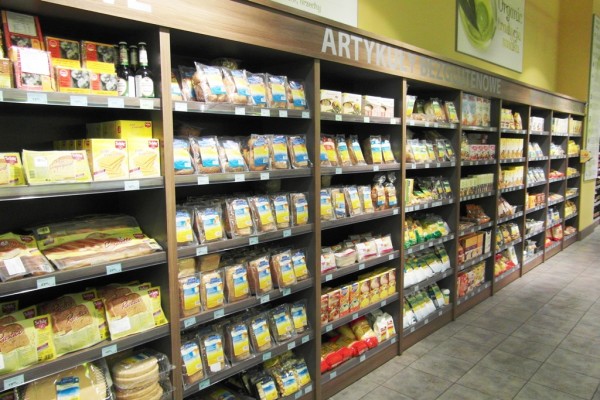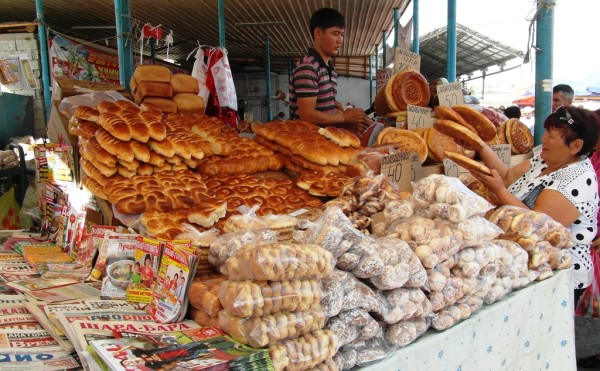
Back when I was getting ready to embark on my 13-month career break trip through the former Soviet Union, I launched another blog, called Globally Gluten Free. My plan was to chronicle my experiences trying to eat gluten free while I traveled long-term. I found that most gluten free travel tips I encountered oversimplified the matter (“pack a lot of snacks!”), especially for anyone traveling overseas for longer than a couple weeks. And as I tried to research gluten free travel tips for the countries I planned to visit, I realized there wasn’t much out there.
The blog lasted all of a few weeks, with posts on Finland and Estonia (recently republished on this site) before I just let it go. I completely lost my motivation because my overwhelming feeling after a couple months on the road was that traveling gluten free kinda sucked.
Sure, I spoke Russian and could explain that I couldn’t eat wheat, rye or barley (trying to explain gluten was a lost cause). But in most of the places I visited, that just drew odd looks. As my English-speaking guide in Ulan Ude explained to me, the concept of a food allergy just doesn’t exist in these regions. It simply doesn’t make sense to them that eating a certain food can make you sick. Indeed, my host father in Moscow likened my gluten intolerance to the fact that he used to not be able to eat tomatoes, “but then [he] ate a lot of tomatoes and it was fine.” It took a lot of explaining for me to convince him that eating a lot of wheat was not a possible solution for me!

My style of eating in most places also made it difficult to ensure I was eating gluten free. I was on a tight budget, which made eating at sit-down restaurants with waiters who I could consult about the menu a rarity. More often than not, I had to opt for local fast food, street food or cafeteria-style restaurants. The down side with these was that there often weren’t any clear gluten free options. At the fast food and cafeteria-style places, there usually wasn’t anyone around who could assure me what was in particular dishes or the lines were so long that I didn’t feel comfortable holding everything up to insist on finding out.
It was easier when I stayed in homestays since my host families generally tried very hard to accommodate me. Even my host mother in St. Petersburg who mostly ignored me managed to track down a box of gluten free cookies for me and tried to bake gluten free bread. On the other hand, even the best efforts sometimes weren’t enough. One night at my homestay in Tajikistan, I looked into my bowl of soup to see a thin noodle floating among the rice and vegetables. I quickly summoned my host and she explained that the rice and the noodles are stored in adjacent bins at the market – a stray noodle must have fallen into the rice bin. I luckily didn’t get sick and she held off on serving me any more rice the rest of the time I was there (which severely constrained my already limited diet!).

The hardest part about staying gluten free while traveling wasn’t my difficulty in finding things that were okay for me to eat. I usually could eventually find something, although there were occasional nights or travel days when lunch or dinner consisted of not much more than a Snickers bar or plain Lays potato chips (only plain – as I learned, the flavored ones almost all contain gluten).
No, the hardest part was feeling isolated from the local culture. I shared a train compartment with an elderly man and he offered me a piece of his bread. I rode in a shared taxi with several women and they insisted that I take some of their bread. Every time I arrived at someone’s home, I was offered tea and bread. Time and time again, I had to explain, “Я не могу есть хлеб” and “У меня аллергия на пшеницу” (“I cannot eat bread” and “I am allergic to wheat”). And then I just had to sit there and watch as everyone else eagerly tore apart their bread, hoping they understood and didn’t think I was rude by not eating.
Beyond bread, I missed out on being able to try a lot of local specialties.
No blini or pelmeni or pirozhki in Russia and Ukraine.
No khachapuri or lavash or hinkali in Georgia.
No manty or lagman or samsa or beshbarmak in Central Asia.
Trying the local cuisine is such a significant part of traveling that I felt like I was missing out on immersing myself in the local cultures.

So what advice do I have for others trying to travel gluten free?
Pick your countries carefully. There are places that are incredibly gluten free friendly and there are those that aren’t. Many of the places I visited definitely fell into the not-so-friendly category – mostly due to their lack of awareness of food allergies in general. On the other hand, my week in Italy was probably the best for eating as everyone in Italy knows what Celiac is and gluten free options are everywhere! Northern and Western Europe in general tend to be more knowledgeable about gluten intolerance.
Do carry cards with you in different languages explaining your gluten intolerance but don’t expect people to totally get it. Things may still get lost in translation. When I was in St. Petersburg, I tried to explain to my host sister that I couldn’t eat potato pancakes. She didn’t get it because they didn’t contain wheat, rye or barley – they just contained “meal.” After a lot of back and forth with my dictionary, I finally got her to realize that “meal” was the same as “flour,” which was made of wheat. Similarly, at a homestay in Azerbaijan, my host confused the Russian words for buckwheat and barley and after I had already bit into a dish, told me it was made of ячмень – barley. I panicked (even though it seemed like buckwheat to me), but after some online translations between Azeri, Russian and English, we confirmed that it was indeed гречиха – buckwheat – that I was eating.
Beyond the language cards, learn the different possible forms of words in the appropriate language. For example, пшеница is the word for “wheat” in Russian, but that wasn’t what usually appeared on food labels. Instead, I had to look for пшеничной муки (“wheat flour”). Luckily, I knew enough Russian grammar to realize it was the same thing, but if I hadn’t, I may have missed it.
Stock up when you can. While you won’t be able to pack enough snacks in advance to last you for weeks, you can keep an eye out for gluten free products as you travel and stock up when you find something good. I found that large, Western-style grocery stores were the best for finding products that were labeled gluten free, but I also found plenty of items in smaller stores that just happened to lack gluten. And some places surprised me, like the grocery store in Yerevan, Armenia that carried gluten free crackers and Lays Stax potato chips. I definitely stocked up!
Finally, no matter how difficult it may be and no matter how much it may negatively affect your travel experience at times, don’t let your gluten intolerance keep you from traveling. I don’t mean for this post to scare anyone with a gluten (or other) intolerance away from long-term travel, but I do want to paint a realistic picture of the challenges you may face. As much as it annoyed and frustrated me at times, I would much rather travel gluten free than not travel at all.
